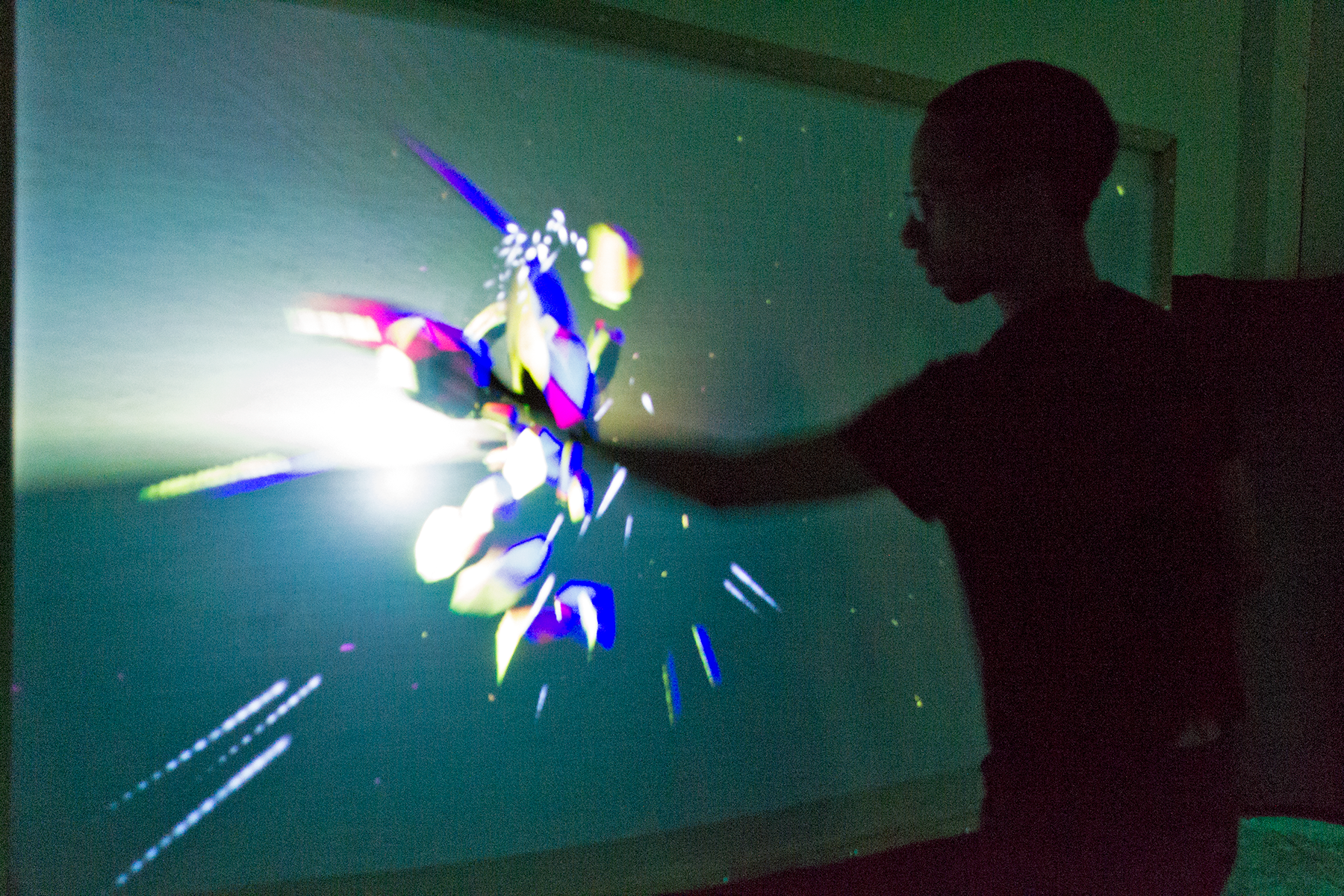The Fourth Wall
The Fourth Wall was my dissertation project for my masters degree at OCAC and PNCA's Applied Craft and Design program.
The following is the abstract of the dissertation:
The digital interface has largely been a part of human experience since its inception in the 1940s. Over the past seven decades, the digital interface has become a ubiquitous tool for communication and interaction between human beings. Although this interface has been a part of our existence for close to seven decades, there are still common misconceptions that remain prevalent in the design of devices employing digital interfaces. At length, the understanding of how to design interactive experiences are explored in the Fourth Wall practicum project, a metaphor to address the changing landscape of human computer interaction and designed experiences. The Fourth Wall project is an experience that brings viewers and users a new method of interaction using existing digital interfaces. The ability to combine a 3D virtual experience, and a 2D tactile experience of a multitouch light wall is the foundation for the Fourth Wall, an experience that is collaborative and allows users in both realms to interact with each other in real-time.

Conclusion excerpt:
As a practicing interface designer and professional user experience technologist, I’ve learned a great deal about how the design of interfaces is a methodical process that involves many components, one of which relies heavily on anthropology, ethnographic, and human factors research. Understanding how human beings behave is a very important aspect of design, and being uninformed about behavior leads to design problems – this is true for any type of design: architecture, landscape, transportation, etc. When the human being is addressed as the first component in a design methodology, as opposed to the product as the first component, great things happen as a result. Not only do the resulting products resonate with their eventual users, those users are more likely to continue to use those products and the problems the products were designed to alleviate are all but erased. Poorly designed products – or poorly designed interfaces in this case – only add more problems when the human component is addressed as an afterthought.
Interactions between human beings through the digital interface will become more multi-dimensional. Being able to display visual information and data, and translations of multiple types of data like text or audio, across dimensional surfaces will begin to happen and become a widespread practice. The Fourth Wall is the first of such installations that addresses how this will occur and opens up the door of possibilities into this new world of multi-dimensional interactions.